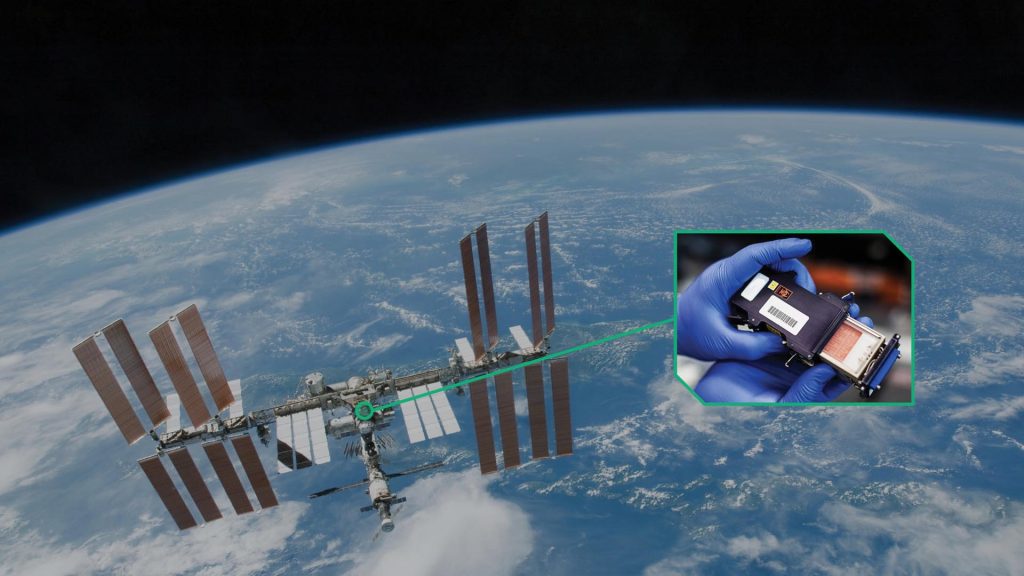When Neil Armstrong and Buzz Aldrin became the first humans to set foot on the moon, they not only won the space race, but they also opened the door to a new era of space exploration. The Apollo 11 moon landing proved that science and human ingenuity really could achieve what was once thought impossible. The journey to this historic moment was, of course, a culmination of many years of groundbreaking R&D in NASA’s Apollo program, backed by huge government investment.
Fast forward to today and space is being conquered by a new group of people and organizations – visionary, risk-taking entrepreneurs pumping their own money into satellites, deep space exploration, lunar landings, asteroid mining and space tourism. Companies from Space X and Blue Origin to Yuri are paving the way for a new era of space travel, aptly named “New Space.”
The New Space boom refers to the latest rush of businesses coming together to create a brand new global space economy. These private companies are commercializing space – taking what was once a largely state-owned industry and turning it into a thriving and fast-growing market defined as “the era of access and opportunity.”
Global investment bank Morgan Stanley has a team dedicated to the matter of new space, such is the level of investment streaming into the sector. It estimates that the global space industry could be worth over US $1 trillion by 2040. Already, the Space Foundation (a non-profit space advocate) values the New Space economy at a record US $469 billion, with most spending coming from the commercial sector.
As Thomas Zelibor, CEO of the Space Foundation, said: “There is no better time to be part of the global space ecosystem.”
What is the New Space ecosystem?
Entrepreneurs like Elon Musk, Jeff Bezos and Richard Branson have certainly played their part in driving the development of New Space. Their privately funded ventures, SpaceX, Blue Origin and Virgin Galactic, have injected competition and innovation into the burgeoning space ecosystem, which is increasingly dominated by private businesses.
“Companies like SpaceX have proven that private companies can build rockets, deliver payloads to the International Space Station and bring them back,” Chris Lewicki, president and CEO of Planetary Resources, told GC Magazine.
NASA itself is placing huge bets on the growing commercial space industry and has awarded contracts to the likes of SpaceX and Boeing to build spacecraft through its Commercial Crew program. The agency claimed arrangements like this are saving it in the region of US $20 to $30 billion. Indeed, the commercial space ecosystem is bringing down costs by an order of magnitude.
This has opened the door for smaller players to enter the New Space ecosystem too. The latest estimates put the number of space companies at well over 10,000 globally. And what are they all working on? Well, a large proportion are focused on satellite launches – a subsector going through what the team at Payload Space refer to as a renaissance, driven by lower launch costs and significant performance enhancements that mean smaller and more powerful satellites are making their way into orbit.
How is Dassault Systèmes helping to conquer New Space?

At Dassault Systèmes, we recognize that the ability for New Space companies to innovate rapidly is critical for keeping up with market demand – and the competition. We support startups all the way through to the largest enterprises with our end-to-end innovation platform, the 3DEXPERIENCE platform.
“With the 3DEXPERIENCE platform, companies in the space industry can develop innovative engineering, manufacturing and operational solutions by modeling virtual missions, which will be front and center to sustainability in space and on Earth,” explained Jeff Smith, former Aerospace and Defense strategist at Dassault Systèmes.
Our technology provides all the design, engineering and manufacturing capabilities new space companies need as they continue to make great strides around satellites, space tourism, exploration and equipment, developing everything from 3D printed rockets and microgravity experiment boxes to closed-loop habitats that may eventually support life on other planets. Here are some of the new space projects we’re involved in:
- German startup YURI makes specialized hardware that transports cell cultures, plants and aquatic systems to the International Space Station so they can be experimented on in microgravity. The company designs and builds the hardware using CATIA and keeps track of design changes using ENOVIA on the 3DEXPERIENCE Cloud platform.
Why is the space economy so important?
The lunar landings in the 1960s and 1970s led to countless technologies making their way into mainstream society, from LED lights and GPS to smartphones.
Today, the opportunities presented by more accessible and affordable reach into outer space could be even more significant. Think:
- Remote sensing satellites for monitoring our changing planet and tackling climate change
- New position, navigation and timing services for drones and autonomous cars
- Space tourism and commercial space flights.
Critically, we’re seeing companies achieve commercial efficiencies way beyond government-funded initiatives, saving in the region of 20% of costs. SpaceX’s pioneering reusable rockets are just one example of how businesses keep costs under control and make best use of precious resources.
“As costs continue to fall, technology opens up new applications and market opportunities, and commercial companies are having significant success penetrating markets that historically were difficult or near impossible to gain traction in,” wrote the team from Payload Space in a blog post.
It’s an exciting time for the next generation of talent joining the job market too.
“Years ago, if you were a young engineer coming out of college with an interest in space, you really had just NASA or a government agency,” said Phillip Ingle, a managing director in Investment Banking at Morgan Stanley. “Now, there are dozens and dozens of startups to choose from. You can actually pursue a career in space.”
For more information:

